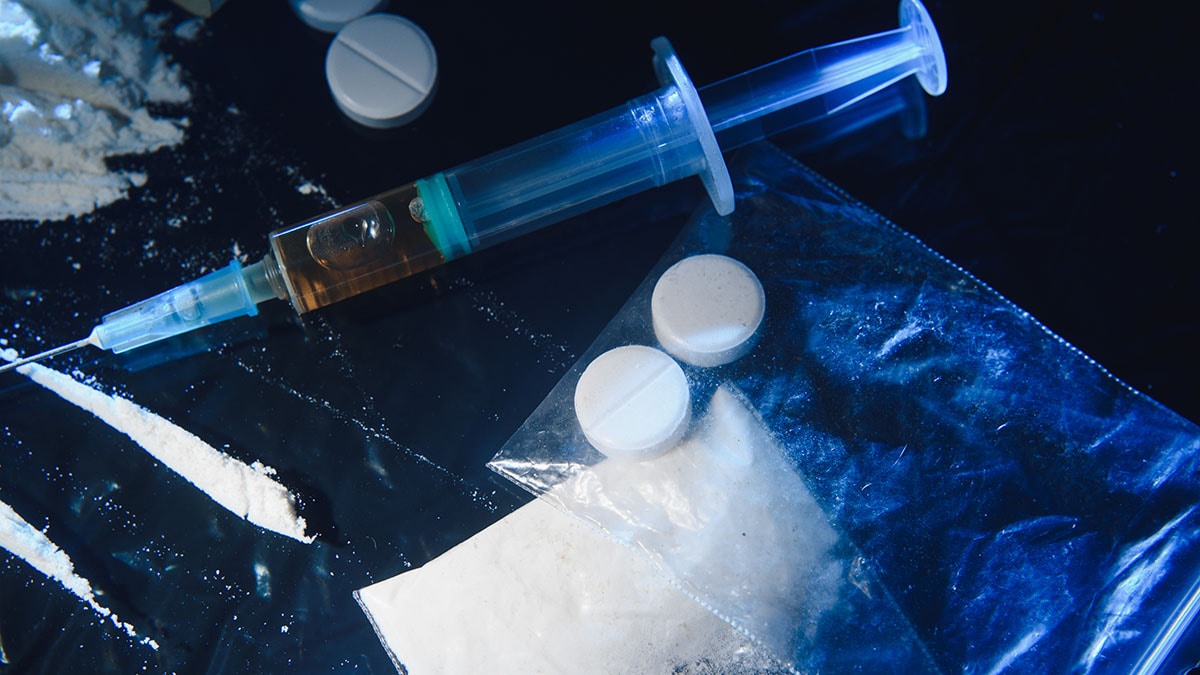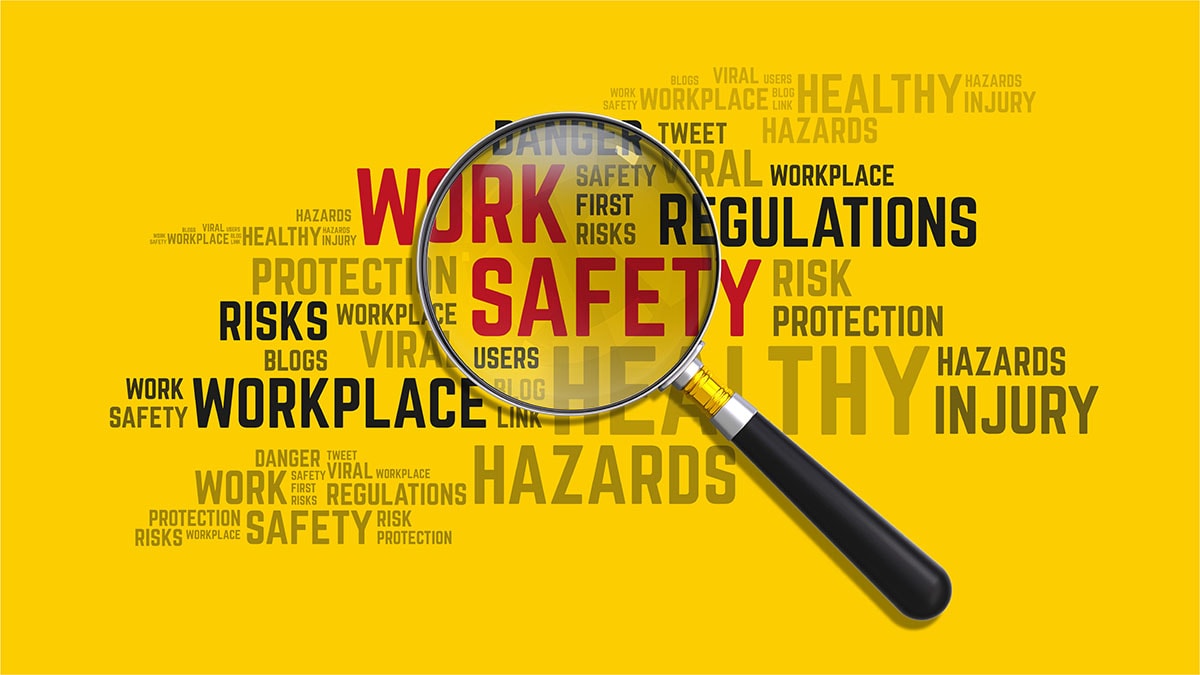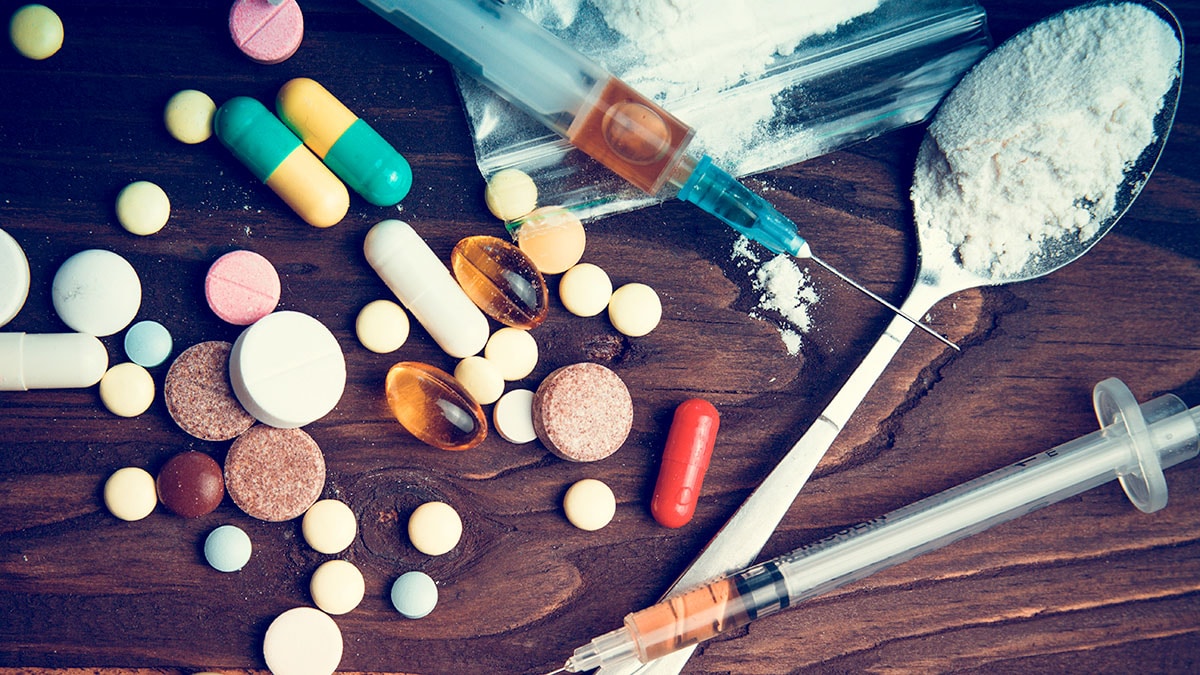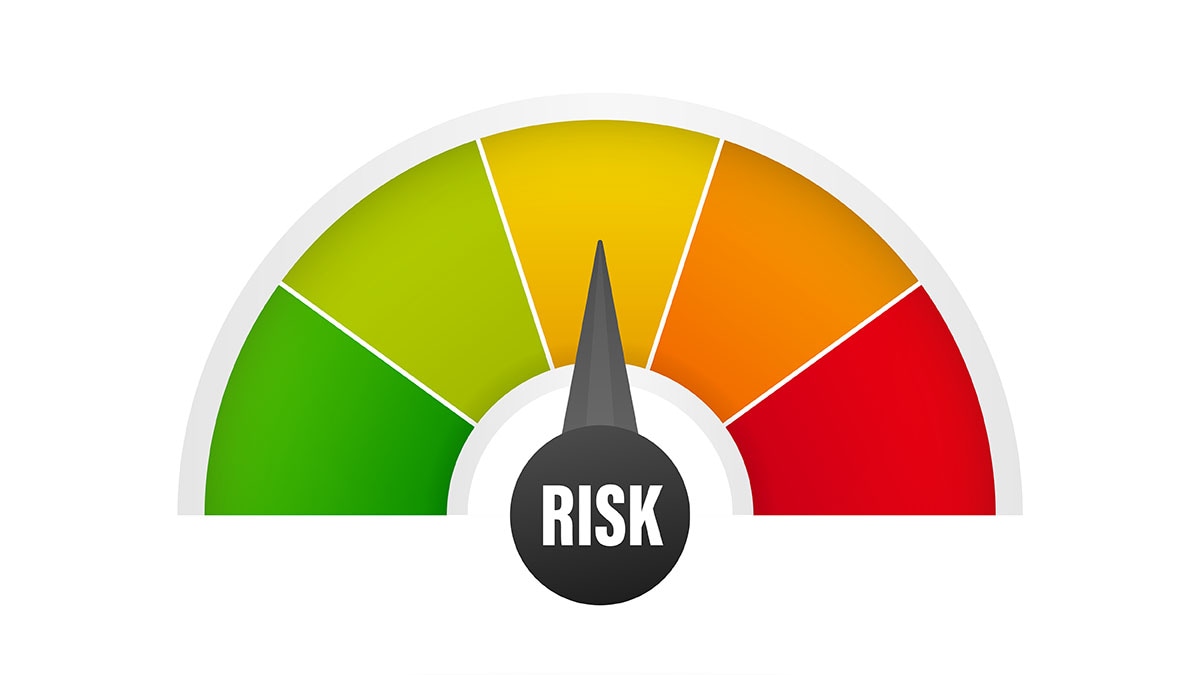About
- Responders are likely to come into contact with a mixture of illicit drugs during routine job duties.
- These mixtures of illicit drugs can include cocaine, methamphetamines, cannabinoids, cathinones, and opioids such as fentanyl and heroin for example.
- Exposure to illicit drugs can be harmful. Although the components of illicit drug mixtures might not be known at the time, emergency responders can use the following information to learn about safe operating procedures, and proper use of personal protective equipment (PPE) when responding to incidents that may involve illicit drugs.

Recommendations
NIOSH offers the following recommendations to help prevent emergency responders' exposures to illicit drugs, including fentanylA:
- Always wear nitrile gloves when illicit drugs may be present and change them properly when they become contaminated.
- Wear respiratory protection if powdered illicit drugs are visible or suspected.
- Avoid performing tasks or operations that may cause illicit drugs to become airborne.
- Do not touch the eyes, nose, or mouth after touching any surface that may be contaminated, even if wearing gloves.
- Wash hands with soap and water after working in an area that may be contaminated, even if gloves were worn. Do not use hand sanitizer or bleach.
- Take training on and follow NIOSH's recommended Standard Safe Operation Procedures below.
NIOSH has developed a toolkit for first responders to help with training on this topic.
Content Source:
National Institute for Occupational Safety and Health
- *The Centers for Disease Control and Prevention (CDC) has no occupational exposure data on illicit drugs for workers that may come into contact with illicit drugs including drugs such as illicitly manufactured fentanyl, cocaine, methamphetamine, etc. There are no established federal or consensus occupational exposure limits for illicit drugs. The recommendations provided are based on the reported toxicity and the chemical and physical properties of illicit drugs; recommendations from NIOSH health hazard evaluation reports about law enforcement personnel exposures to other illicit drugs and chemicals; and the basic principles of industrial hygiene. As new research becomes available, these recommendations will be updated.



